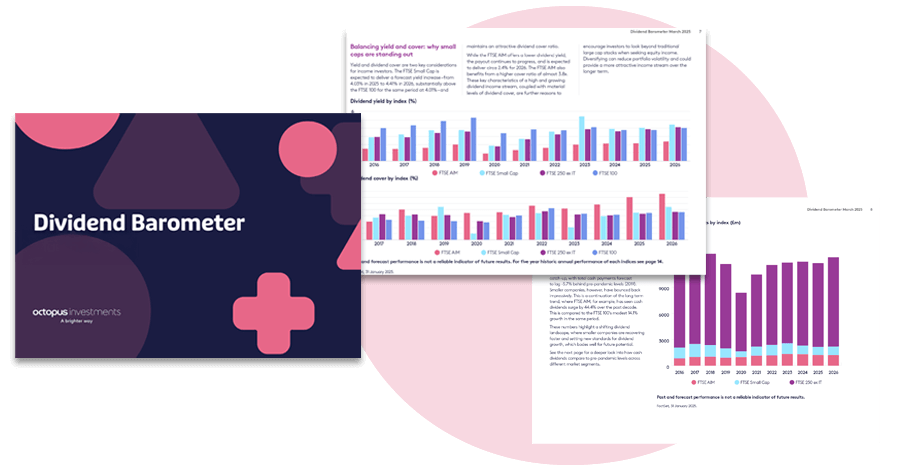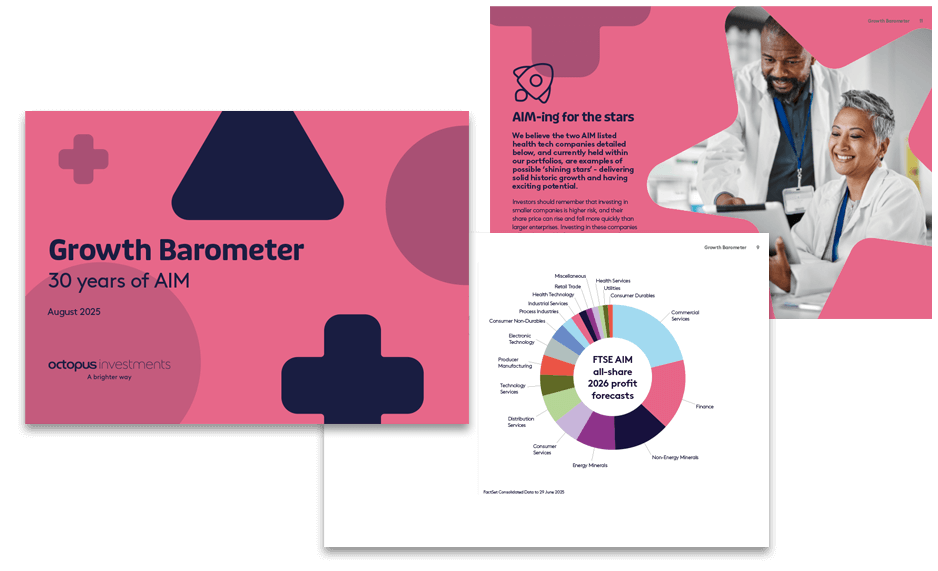Go back to EIS guide
Two ways to invest in EIS
Investors who want to buy shares in EIS-qualifying companies have two choices in terms of approach and the structure of their investment.
A single-company EIS
The most direct way to invest in an EIS is for investors to select a specific company that they want to invest in. They also have to do company research themselves, which takes time and knowledge.
A specialist manager
These kinds of services are provided by a specialist manager, who invests the funds on behalf of multiple investors in a portfolio of qualifying companies.
Having a specialist manager offers certain benefits to investors, like ongoing oversight of the companies in the portfolio, the potential to influence board-level decisions (if the manager is large enough to have a seat on the investee company’s board) and the expertise needed to negotiate an advantageous exit.
Investment through specialist EIS managers can be structured as:
- Unapproved EIS portfolios/fund*.
- Approved EIS portfolios/fund*.
The main difference between an approved and unapproved EIS fund is the timing of when an investor can claim tax reliefs.
To be treated as an approved EIS fund, there are additional conditions from HMRC, including:
- 80% of funds must be invested in knowledge-intensive companies within two years
- 50% of funds must be invested within 12 months of the fund closing, followed by an additional 40% within the next 12 months (90% within two years)
* Please note, whilst the tax regulations refer to Enterprise Investment Schemes as “funds” they should not be confused with mutual funds or collective investment schemes. An investor in an EIS fund will be the owner of shares in the underlying companies, rather than owning shares or units in any fund.





